Autumn has come, and with it the temperatures begin to drop, and snow begins to fall. With all this nasty weather comes various trends that may help hunters find their prey.
The key to hunting in the snow is knowing how to use those trends in your favor. While many hunters might find hunting in the snow adverse and challenging, here are five things to keep in mind for success.
tracking
Finding an animal is touch in any condition. But the snow may be able to present a hunter with a unique advantage. Though it is very possible to see game tracks in dirt or mud, those tracks are much more obvious in the snow. In fact, game tracks in the snow can often be followed for a much longer distance, due to the often consistent coverage. The only aspect that may be more difficult is determining direction of travel, when the snow is deep. Determining age of tracks can also be potentially challenging.
blood trails
Following a blood trail in the snow is infinitely easier than many other environments. The red color of blood stands out intensely on a white background. Distinguishing blood from the surroundings becomes much less difficult in such conditions – even if the trail is down to nothing but a drop. The animal will also be much easier to find because of the way its body will stand out in the snow. Just be sure to recover that animal before it becomes covered by a blanket of snowfall. With enough snow, the animal will also have a much harder time traveling through the soft and high snow, leaving the animal with a much shorter distance of travel before death.
layer clothing
Needless to say, staying warm is a huge part hunting in foul weather – especially if that may be snow. The key is layering your clothing. What this means is wearing multiple layers of clothing rather than one big thick layer. Thermo-regulation is extremely important when moving around, hiking, and exerting yourself physically. When you begin to sweat, then you remove a layer. This strategy prevents the hunter from getting soaked with sweat, which later becomes cold as the body becomes less active. Cold and wet clothes make for a miserable hunt in the snow. They are sure to send you back to the truck or possibly worse.
carry essential gear
The adversity of snowy weather should incline a hunter to bring gear that is fitting to that environment. This means that a hunter will have to think about staying warm, dry, and healthy. The cold can make your body burn up significantly higher amounts of energy than other environments. The best way to address this is by bringing plenty of calorie rich foods, as well as water for drinking. As for staying warm, it is essential to bring fire-making supplies that will not fail – this includes wind-proof lighters, insta-fire, and even a backpacking stove.
predict movement
When the snow begins to fall, it will often begin to fall in the high-country before the lower elevations. This can be critical when hunting big game. Game animals will begin to travel to lower elevations as the snow covers the higher elevations. This is essentially because they will prefer to have the easier access to food that the lower elevations offer. This can be vital knowledge when looking for animals. When you notice that the high-country is blanketed with snow and there are very few animals around, you should know that they must have moved to lower elevations in search of accessible food.
Photo credit: Wikimedia
Deer
-
Let's go surfin' dude!
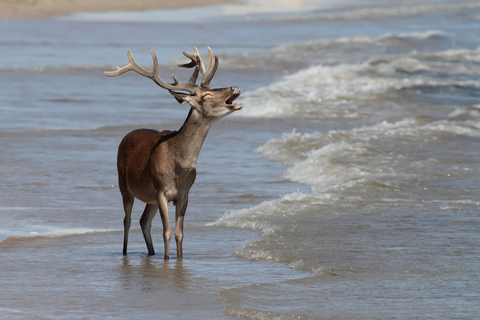
-
Beautiful whitetail deer
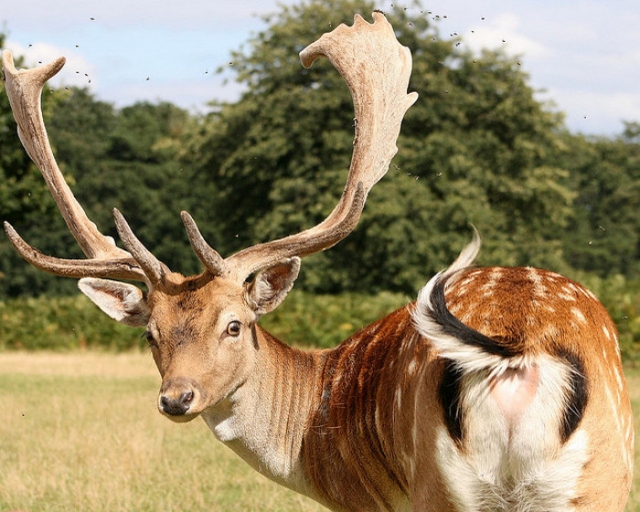
-
Do these stripes look like targets?
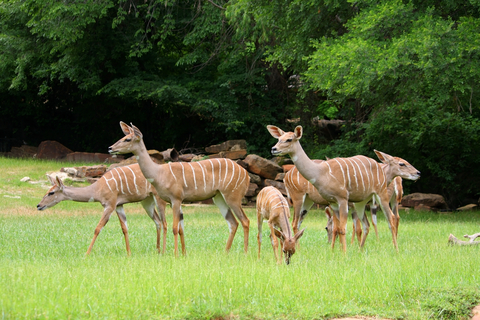
-
Deer down
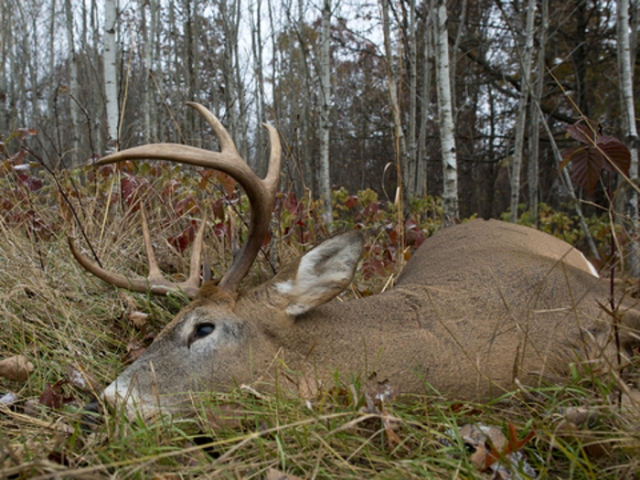
-
Maybe this rock will provide cover.

-
Hey little guy.

-
I'm a pretty boy.
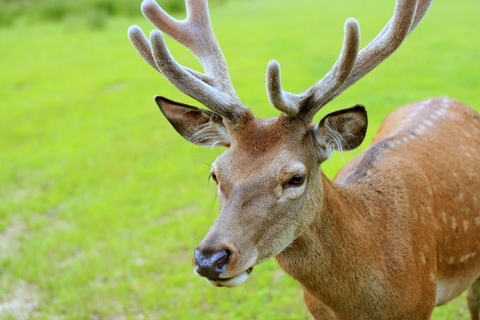
-
Do my ears look big to you?
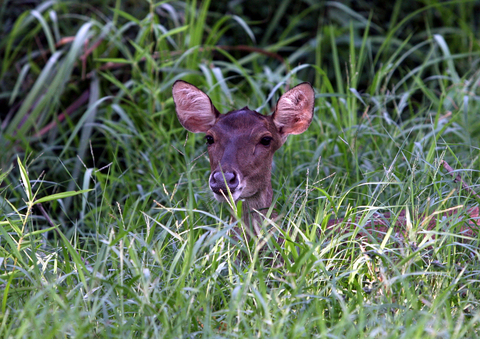
-
The perfect shot

-
I'm just going to learn to like this stuff.
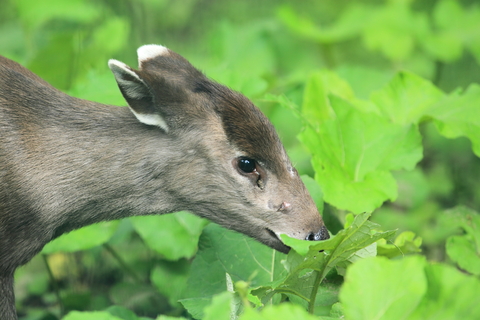
-
A rare albino deer
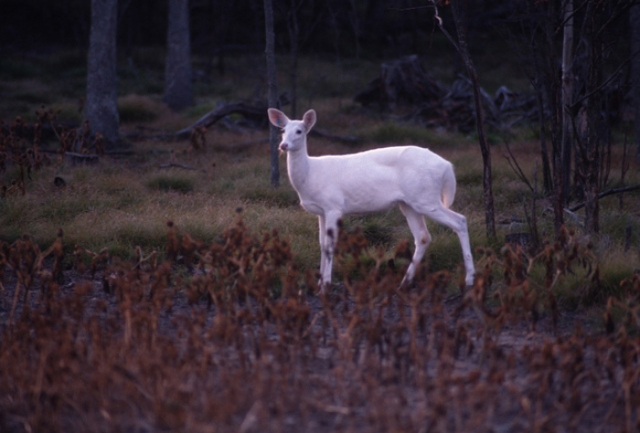
-
Blacktail deer in dry grass
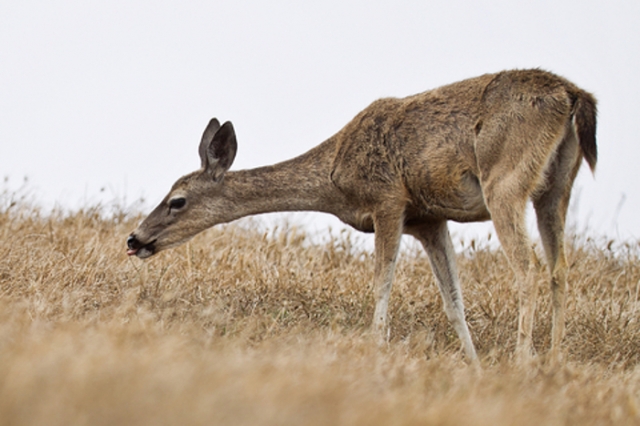
-
Blacktail deer on lush hillside
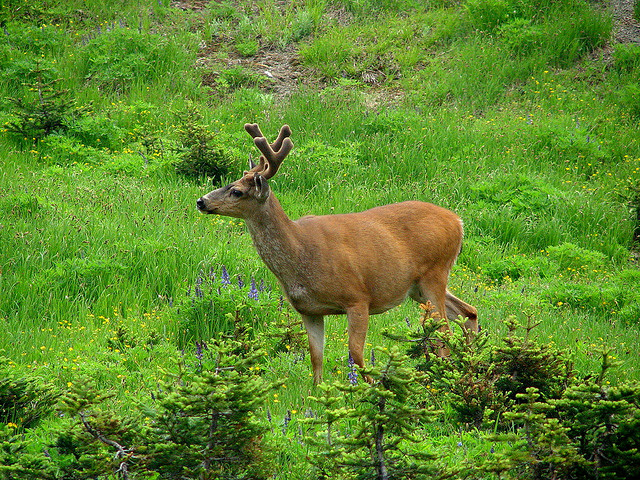
-
A leen blacktail deer seeks shade
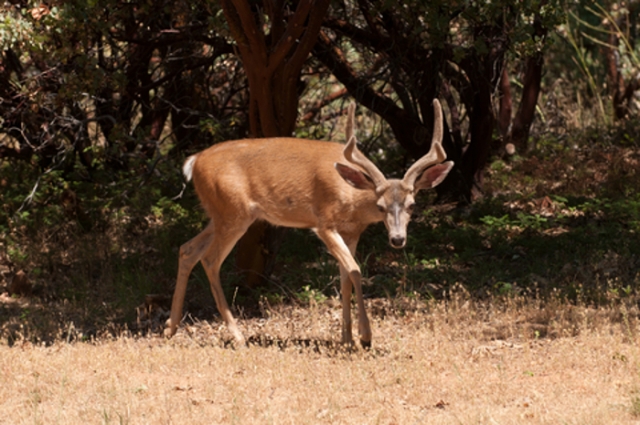
-
Deer in Brownfield, Texas
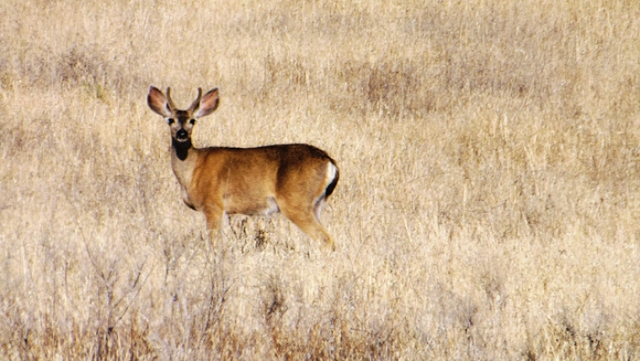
-
Deer in the rain
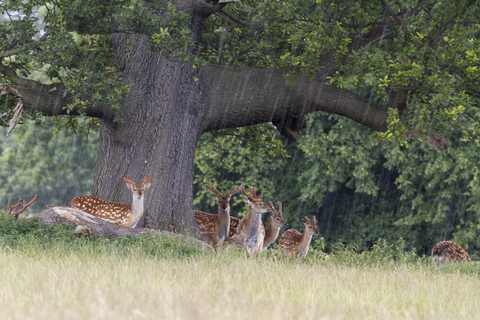
-
Red deer with beautiful antlers
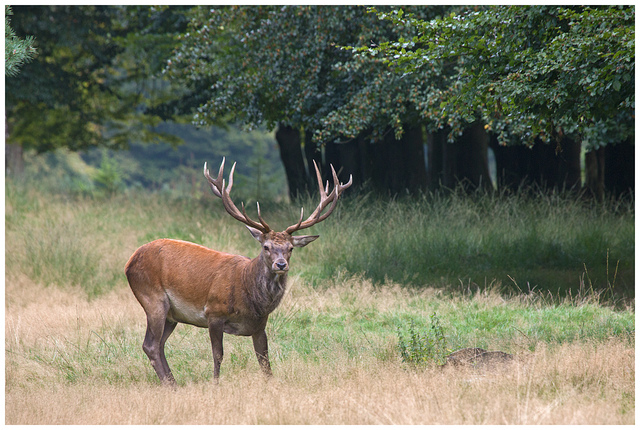
-
Red deer on a hillside
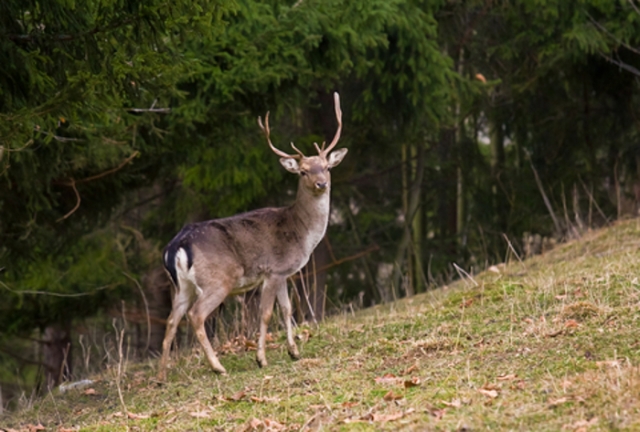
-
Jump! Let's go!
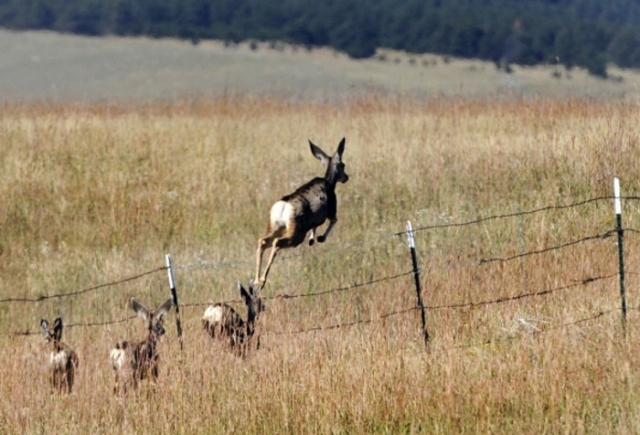
x-default








